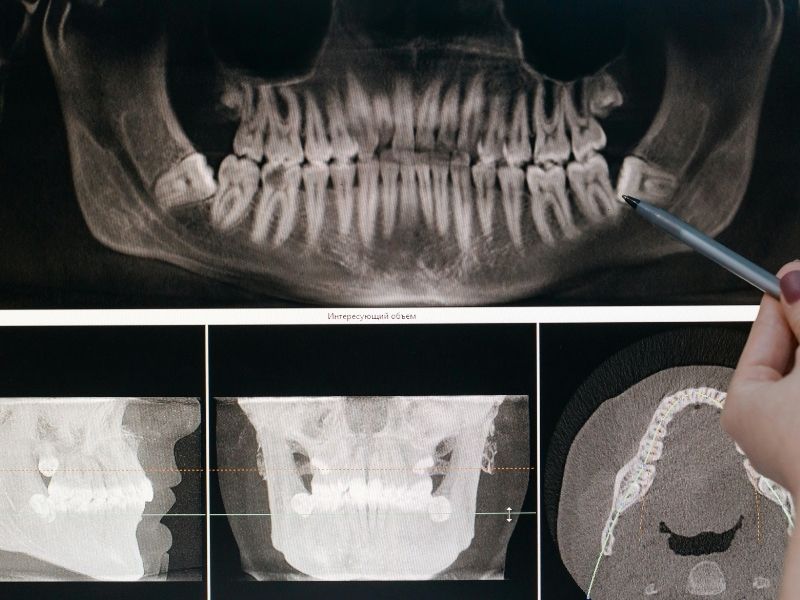When Wisdom Teeth Complicate a Healthy Smile
By the time most individuals reach their late teens, they’ve completed much of their dental development. Then, often without much warning, one final set of molars—known as wisdom teeth—attempts to emerge. For some, this happens uneventfully. For many others, it doesn’t.
These third molars have a long evolutionary history. Anthropologists believe they once served a purpose when early humans consumed a rough, unrefined diet. But our jaws have since adapted to softer foods—and as a result, wisdom teeth frequently have nowhere to go.
A Crowded Jaw and the Trouble It Brings
When a mouth doesn’t have room for these late arrivals, the result is impaction. The tooth may tilt sideways, become wedged against its neighbor, or remain trapped beneath the gums. Unfortunately, these positions aren’t merely anatomical quirks. They invite problems:
- Partially exposed teeth create openings where bacteria thrive.
- Pain, swelling, and persistent bad taste are common symptoms.
- Impacted teeth can damage neighboring molars or form cysts.
- In rare cases, the jawbone may also be affected.
Because predicting outcomes is difficult, early evaluation—before symptoms appear—is often recommended.
Making the Decision to Remove Them
Not all wisdom teeth require removal. If they erupt fully and function like normal molars, intervention may not be necessary. But radiographs that show crowding, inflammation, or poor positioning often change the recommendation.
- Timing matters: Younger patients heal faster and tolerate surgery better.
- Delaying surgery: Waiting until symptoms arise usually makes removal more complex.
- Factors considered: Root length, nerve proximity, sinus involvement, and more.
What Happens During Surgery
Wisdom tooth extraction is a common outpatient procedure, usually completed in under an hour. Depending on the patient’s needs, sedation or full anesthesia may be used.
- A small incision is made in the gums to access the tooth.
- The tooth may be removed whole or sectioned into smaller pieces.
- Once cleared, the incision is sutured closed.
- Patients go home the same day with instructions, medications, and a recovery plan.
The Days After: Recovery and Realities
- First 48 hours: Swelling, soreness, and limited activity are common. Ice packs and soft foods help.
- Care reminders: Avoid straws, smoking, or anything that disrupts the healing clot.
- By day three: Pain typically decreases, movement improves, and daily routines gradually resume.
- Most stitches dissolve or don’t require removal at follow-up visits.
How well patients rest, clean the area, and follow instructions has a major impact on recovery.
Why Early Attention Makes a Difference
Delaying until pain develops can complicate the procedure and jeopardize surrounding teeth or bone. In contrast, early, preventive removal often:
- Reduces surgical complexity.
- Spare patients from long-term discomfort or added costs.
- Protects results of past orthodontics.
- Provides more predictable outcomes with minimal risks.
A Final Word
Wisdom teeth don’t always cause trouble—but when they do, early action makes all the difference. For thoughtful, expert care, call (515) 416-6415 to schedule a consultation.












